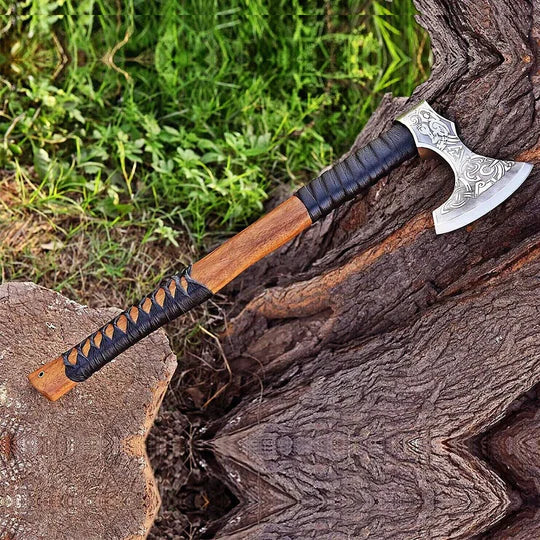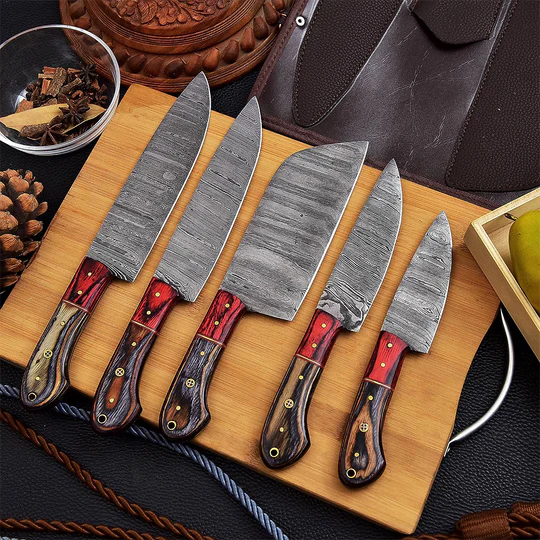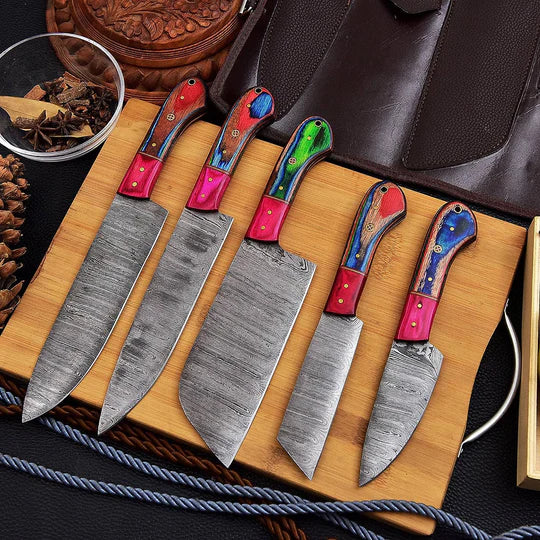
Tracing the Origins of the Real Viking Axe
Introduction:
The Viking axe stands as an iconic symbol of Norse culture and warfare, revered for its functionality, craftsmanship, and historical significance. Tracing the origins of the real Viking axe unveils a rich tapestry of craftsmanship, cultural heritage, and technological innovation. In this article, we embark on a journey through time to explore the origins of the real Viking axe, delving into its historical context, design evolution, and enduring legacy.
I. The Historical Context of Viking Axes:
- Viking Age The Viking Age, spanning from the late 8th to the mid-11th centuries, marked a significant period of expansion, exploration, and cultural exchange for the Norse peopleWarfare and Weaponry: Axes were essential weapons for Viking warriors, prized for their versatility in combat, practicality in daily life, and symbolic significance in Norse society.Cultural Significance: The Viking axe held symbolic importance beyond its utilitarian function, representing strength, honor, and prowess in battle.
II. Design Evolution of the Viking Axe:
A. Early Axes Early Viking axes were typically small and lightweight, designed for one-handed use in close combat. - These early axes featured simple designs with straight or slightly curved blades and wooden handles Battle Ax- As Viking warfare evolved, so did the design of their axes. Battle axes became larger, heavier, and more ornate, reflecting the status and wealth of their owners. - Battle axes often featured longer handles and wider, more pronounced blades, optimized for delivering powerful blows in melee combat Dual-Purpose Axes: - Many Viking axes served dual purposes as both weapons and tools for everyday tasks such as woodworking, farming, and shipbuilding. - These versatile axes featured sturdy construction, durable materials, and practical designs suited for a variety of tasks.
III. Materials and Construction:
- Blade Materials: Viking axe blades were typically crafted from iron or steel, with higher-quality axes often featuring pattern-welded or Damascus steel bladesHandle Materials: The handles of Viking axes were commonly made from hardwoods such as ash, oak, or hickory, chosen for their strength, durability, and shock-absorbing properties.Decorative Elements: Viking axes were often adorned with intricate carvings, inlays, or etchings, showcasing the artistic skill and cultural motifs of their makers.
IV. Cultural and Symbolic Significance:
- Status Symbols: Viking axes were more than just weapons; they were symbols of status, wealth, and social standing within NorsesocieCeremonial Use: Axes played a prominent role in Norse rituals, ceremonies, and funerary practices, symbolizing protection, honor, and the passage to the afterlifeMythology and Folklore: The axe held a central place in Norse mythology and folklore, associated with deities such as Thor, the god of thunder, and Tyr, the god of war and justice.
V. The Enduring Legacy of the Viking Axe:
- Archaeological Discoveries: Excavations of Viking burial sites, settlements, and archaeological finds continue to uncover well-preserved examples of Viking axes, providing valuable insights into their craftsmanship and cultural significanceCultural Influence: The legacy of the Viking axe extends beyond the Viking Age, influencing modern culture, art, and literature, and serving as a potent symbol of Norse identity and heritageContemporary Revival: Today, the craftsmanship of the Viking axe lives on through modern artisans and blacksmiths who continue to create high-quality replicas and interpretations of these legendary weapons.
Conclusion:
Tracing the origins of the real Viking axe offers a glimpse into the dynamic world of Viking culture, warfare, and craftsmanship. From its humble beginnings as a practical tool of survival to its evolution into a symbol of status, honor, and cultural identity, the Viking axe remains a testament to the ingenuity, skill, and resilience of the Norse people. As we continue to explore and celebrate the legacy of the Viking axe, we honor its enduring significance as both a historical artifact and a cultural icon.






